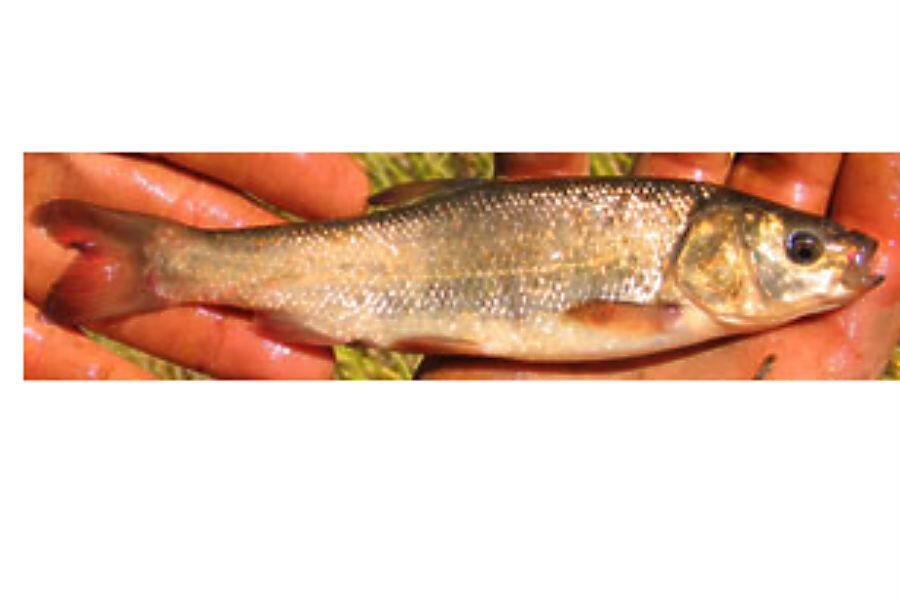Tui chub alert: Why one single fish has wildlife experts in Oregon scrambling
Loading...
Oregon wildlife managers are racing to eliminate an invasive species of minnow after one specimen was found in a southern Oregon lake.
A single tui chub was found in Diamond Lake in October. Oregonian officials have dealt with the tui chubs before. Populations of the invasive species exploded after being introduced to the lake sometime after 1954 by an angler baiting for bigger fish. By 2006, the population had swelled to some 90 million tui chubs. The rainbow trout fishery collapsed and water quality deteriorated, resulting in toxic algae blooms that closed the lake to swimming for portions of the summers of 2001, 2002, and 2003, according to the Oregon Department of Fish and Wildlife (ODFW).
The state spent $5.6 million to eradicate the species using the pesticide rotenone, and was eventually successful in restoring both the lake's water quality and the stability of the rainbow trout fishery.
Although only one tui chub has been spotted so far, the ODFW does not want to take chances with another outbreak.
“I’m hoping it was the only tui chub, but I’m operating on the assumption that it wasn’t,” said the ODWF's Greg Huchko to The Associated Press. “I’m hoping, in a year or two, this becomes a non-issue."
The ODFW plans to release 25,000 sterile tiger trout in Diamond Lake this spring to eliminate the invasive minnows there. Workers will also search the waters throughout the summer for individual tui chubs.
Mr. Huchko and the ODFW hope to avoid a repeat of the previous tui chub infestation.
“The playing field's a little different now because we were able to catch it early,” Huchko said. “This isn't ideal, but we want to be as proactive as we can.”
The individual tui chub found last fall was 4 years old, which would make it too young to be a survivor of the 2006 operation. Its origin remains undetermined, although it could have been brought in as fishing bait – though that practice is illegal. The tui chub issue, if the fish’s presence spreads, would extend beyond sport though.
While the tui chub is native to western North America, it's not welcome in some Oregon lakes.
“It's not just a fishing issue,” Huchko told the Mail Tribune of Medford, Ore. “It's a huge water-quality issue, as well.”
“I'm just hopeful this time that we can keep things at bay for a while,” Huchko said.
Material from The Associated Press was used in this report.







